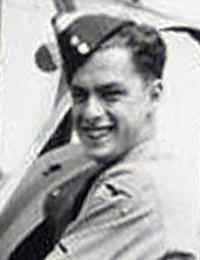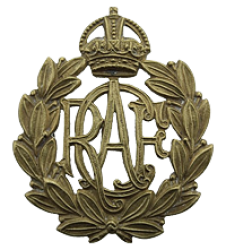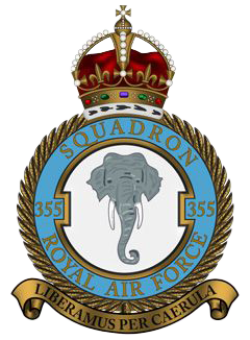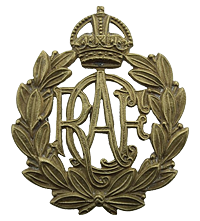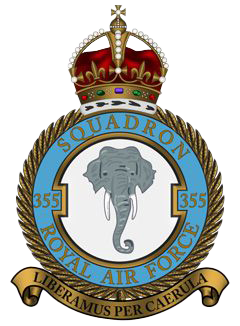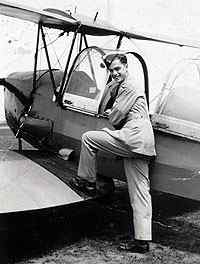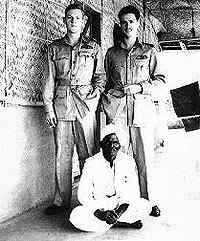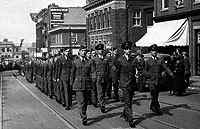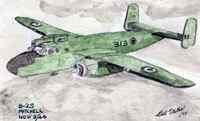I believe this piece of history should be understood. French Indo China, Thailand (Siam), the Kra Isthmus all the way to Singapore, and most of Burma were in the hands of the Japanese in mid 1945 and had been for at least 3 years. The ground war was still going on in Western Burma while we were on the squadron. In fact Lord Mountbatten and the British Navy had retaken Rangoon only weeks before our crew arrived at 355 squadron. The "fly through monsoon season" edict had been in effect for only a few weeks.
The 14 th Army Group, better know as the "forgotten army" had been fighting in Burma for all those 3 years, and virtually no one in the world knew or seemed to care. Since the fall of Rangoon to the British, more precisely, around May 1945, the jungle warfare was centered on either side of the Sittang River . This seemed to be a key strategic area which changed hands several times (almost daily at times) during May and June 1945. One day the British would attack and cross the Sittang River and gain a foothold, then have to retreat back over the river under fire from a reinforced Japanese counterattack.
One of our priorities as a bomber squadron was to knock out the bridges and railroads the enemy was using to provide these reinforcements and supplies to their front line. Hence, we were involved in the bombing raids on Moulmein , the bridges and railway along the Kra Isthmus etc. We were never assigned anti-personnel on the front line, simply because in jungle warfare you could never tell from the air just where the front line was. The risk of bombing our own people was too great. Our army may have advanced 2 to 4 miles into Japanese territory during the time we had taken to fly from India to the Sittang River and no one would know of the advance. Our job was to prevent the Japanese reinforcements from arriving at the front if at all possible.
As the scene unfolded through the month of June and into July, two or three very important targets would be singled out which could have a very significant effect on our war here in Burma and Thailand ( Siam ). In one air strike, the intelligence service, which I have commented on earlier, would again show it's worth in spades.
One such raid took place on June 8 th , 1945. Our target was a spot called Bilin, Siam . (I prefer to use " Siam " since the country had not been renamed Thailand yet.) It was located about 100 miles west of Bangkok , the capital of Siam . Our target was a paddy field, in actual fact or series of paddy (rice) fields in a huge rectangle, bordered on the East side by a long strip of dense jungle, perhaps a mile wide. When we approached our target at 2.000 feet the fields looked deserted. We were sure they had received word of our plan and had moved off into the cover of the jungle. Several of us called the base to allow us to bomb the jungle. The reply was returned immediately and forcibly, "carry out the operation as planned!".
So, we reluctantly, but nevertheless with precision dropped our 90 anti-personnel bombs on target as did about 28 other aircraft. (2.520 bombs in total). When we had finished we had pattern bombed the whole open area which was our target. When we got home to the base and reported to debriefing the news was waiting for us. We had made a successful strike on the Japanese army, estimated to be 20.000 strong. The damage was reported to be approximately 5.000 killed or wounded!! We never saw a soldier or had a single shot fired at us. No one was prepared to explain why they never took cover in the neighboring jungle. Unless they thought we would think the jungle was the obvious place for them to be and we would decide to bomb it instead. What a costly gruesome chess game they were playing.
These Japanese were the reinforcements that were to drive the British back over the Sittang River for the last time. As it turned out, their survivors never got to the Sittang River and the Japanese forces at the front began their final retreat at this time because the British slowly and steadily gained momentum and never looked back. It may be coincidental but we like to thing we made some contribution.
The second raid of some importance was three "ops" later on June 24 th 1945. The targets were large anti-aircraft emplacements around a very important bridge. The name of the area was Kanchanaburi. #159 Squadron was to go in at low level about 20 minutes before the other two Squadrons (#355 and #99) arrived, as they were to attack at 7.000 feet .
As you would expect the #159 Squadron ran into bad weather and had to break off and find their way through the storm, reform and make their run. This put them about 25 minutes late and they never did the attack as a group. Their attack was single aircraft picking their way in over the target and trying to avoid lining up under one of us on a bombing run at 7.000 feet . It was the weirdest sight imaginable.
When we started our run, Ken, our bomb-aimer would settle us in our run and at the last moment in some cases, call it off as he would sight one of our B24's on a low level run that would put him right above our bomb burst! I believe I made 13 runs before we able to release bombs with any confidence that we would not take out our own aircraft.
All this time, we were being fired upon by these anti-aircraft posts that we were trying to knock out. Of course at the same time, the low level guys were dodging the machine gun nests because they were only 50 to 100 feet in the air! Anyway, on our 13th run Ken yelled "Bombs away", and shortly after he said he thought we had made a hit on one of the large AA locations. Good show!
From the looks of things, it seems we, as a whole, had made several hits and caused some damage to the bridge but it was not knocked down. The war was over before another major attack was made on that bridge.
William Henry Fuller
